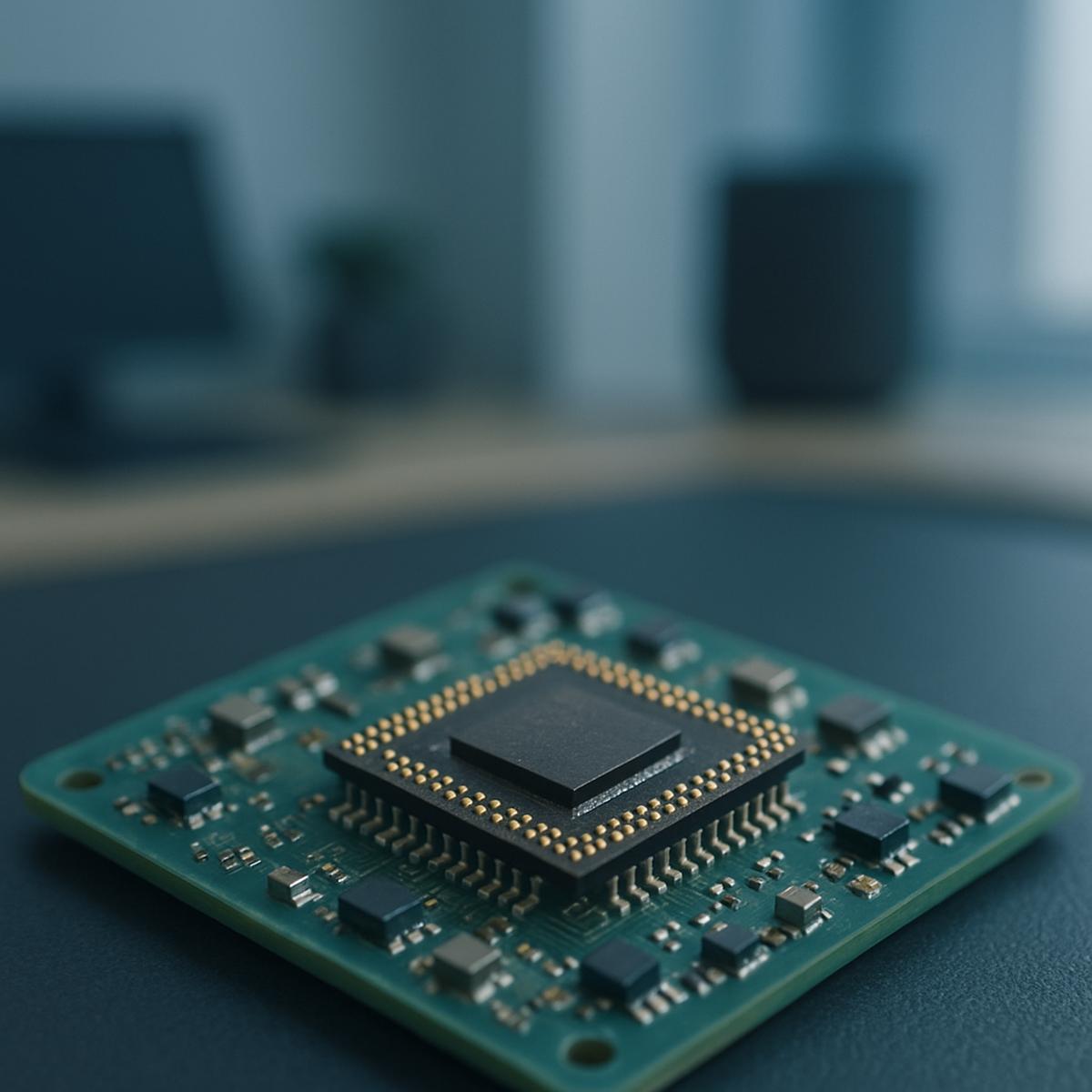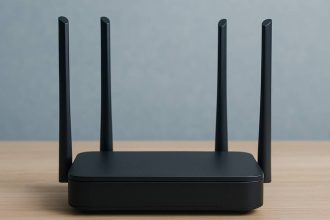The world of electronics is entering an era defined by one powerful idea making things smaller, smarter, and more connected. Miniaturization and embedded systems are no longer niche engineering concepts. They are the invisible forces transforming how we live, work, and interact with technology. From the smartphone in your pocket to the sensors in medical devices and the control units in electric vehicles, the future of innovation lies in shrinking size while expanding capability.
Miniaturization began as a response to the demand for portability and efficiency. As consumers sought smaller gadgets that could do more, engineers pushed the limits of physics to design circuits that are thinner, lighter, and faster. The progress of semiconductor fabrication, led by companies like Intel, TSMC, and NVIDIA, has enabled billions of transistors to fit on chips smaller than a fingernail. This compression of power has opened new possibilities — devices that once filled an entire desk now fit in the palm of a hand. The same trend is evident across industries, from compact drones and wearable fitness trackers to medical implants that can monitor vital signs without invasive surgery.
At the heart of this transformation are embedded systems specialized computing units integrated directly into devices to perform dedicated functions. Unlike traditional computers that handle a variety of tasks, embedded systems are built for precision, reliability, and speed. They control the temperature in smart refrigerators, ensure safety in autonomous vehicles, and even regulate the flow of energy in solar power grids. These tiny processors, often running on real-time operating systems, bring intelligence to hardware that once operated blindly. In essence, embedded systems are turning ordinary machines into responsive, data-driven entities capable of learning and adapting.
The rise of the Internet of Things has accelerated this fusion between miniaturization and embedded intelligence. Billions of connected devices communicate constantly, collecting data to optimize performance, energy use, and user experience. Factories now use compact sensors to track production efficiency. Cities deploy embedded systems to manage traffic, lighting, and waste management in real time. Even agriculture is being redefined as farmers rely on microcontrollers embedded in irrigation systems to conserve water and improve yield. The combination of smaller components and smarter logic is quietly revolutionizing entire ecosystems without drawing attention to itself.
However, this technological leap is not without its challenges. As devices become smaller, managing heat dissipation and power consumption becomes more complex. Engineers are exploring advanced materials, three-dimensional chip stacking, and innovative cooling methods to address these issues. Security is another pressing concern. The more devices we connect, the more potential entry points hackers can exploit. Designing secure, energy-efficient embedded systems has become a top priority for developers and manufacturers alike. Governments and organizations worldwide are also emphasizing sustainability, urging companies to reduce electronic waste by designing products that last longer and consume less power.
Despite these challenges, the trajectory of miniaturization remains unstoppable. In consumer electronics, it fuels the evolution of sleek smartphones, foldable laptops, and ultra-thin wearables. In healthcare, it enables devices that can detect diseases earlier and deliver treatments directly inside the body. In aerospace and defense, miniaturized systems allow drones and satellites to perform complex missions with minimal weight and energy. Each advancement brings us closer to a future where technology blends seamlessly into everyday life — invisible, efficient, and always working in the background.
The story of miniaturization and embedded systems is one of quiet dominance. It’s not about flashy announcements or massive gadgets but about making technology more personal and integrated than ever before. As this revolution continues, industries will find new ways to create smarter tools that require less space and energy. The devices of tomorrow will not only be smaller; they will be more aware, adaptive, and sustainable. The future of innovation lies in compression not of potential, but of size proving that sometimes, less truly is more.









